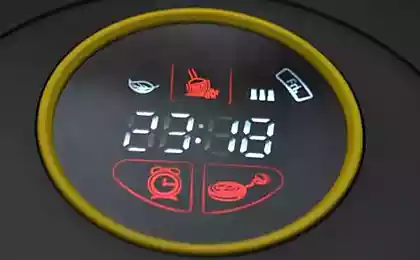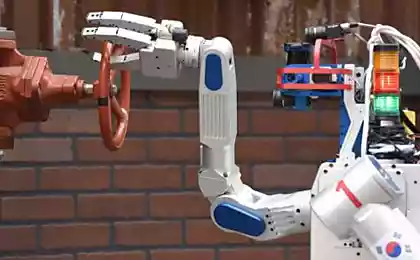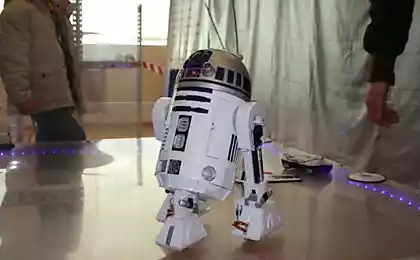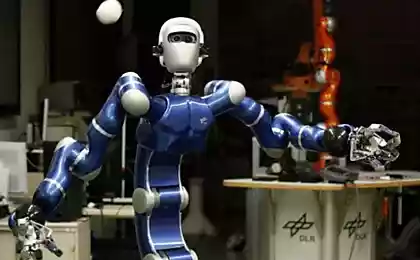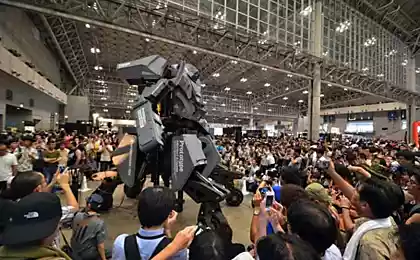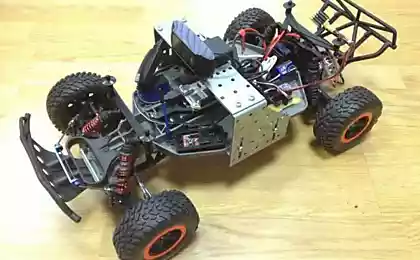498
The terminator on the approach in the United States began testing a humanoid robot
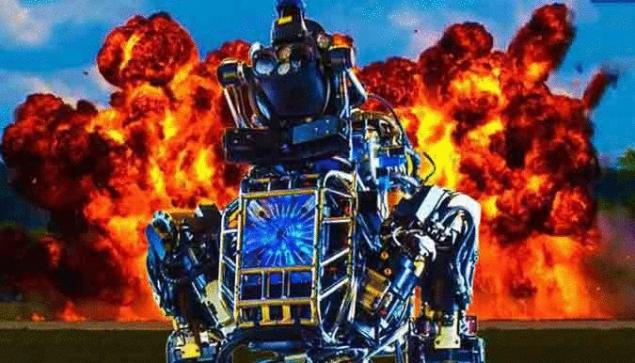
A new humanoid robot "Atlas", which is a promising development, the time has arrived for testing in the lab, DARPA.
Robot "Atlas" is a completely new generation of robotic equipment that has capabilities that are very close to human, and in some respects even surpass them. At the same humanoid robot "Atlas" is not afraid of falling from a height thanks to the durable "skeleton". Protection of the robot can be enhanced through the use of special clothing, and miscellaneous panels.
Structurally, the robot "Atlas" repeats the man. He has two legs, two arms, torso and head. The robot was quite high, its height is 188 cm, weight — about 150 kg, shoulder width was 0.76 m. For the fact that this whole machine is driven, meet 28 sufficiently powerful hydraulic actuators. For comparison, the Japanese humanoid robot HRP-4, which is designed to work with a person, has a much more modest dimensions, its height is about 150 cm and a weight of only 39 kg. the Power to the robot "Atlas" is still served by cable, because the mechanical part of the robot consumes a lot of electricity, allowing you to use an ordinary battery.
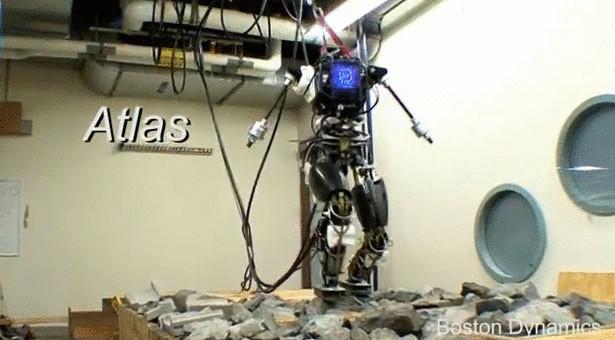
Robot "Atlas" is created by specialists of the company Boston Dynamics, who have extensive experience in creation of modern samples of robotics. This is the same company, which experts have created a whole family of different four-legged robots: BigDog, Cheetah, and LS3. A new humanoid robot company Boston Dynamics equipped with an onboard computer that is used to control the actuators in real-time. Inside his head is a very complex system of sensors, which includes a variety of camera and laser rangefinder. They provide robot all-round visibility.
The main purpose of this robot is to work in place of man-made and natural disasters. In this work, working in the rubble or ruins, and man-it is not easy to move around, the robot falls even harder. Of course, when working in such conditions walking the course much easier wheel, but even here there are pitfalls. That is why American engineers have installed it on "Atlas" is quite a complex system to maintain balance. In the preliminary tests the robot was forced to move in difficult terrain, scattering on his way debris, various boards, and coils of rope. Also, when tests use scattered on the ground the uncommitted of the stone fragments.
During the tests, the robot was forced to stand on one leg and practicing his balancing system, specially pushing the 20-pound weights. In this case the robot managed to keep his balance. The solution to the problem of balancing robot the engineers at Boston Dynamics have made good progress, but the main problem that should be solved is the lack of power supply. Engineers still have to come up with such a portable and capacious source of energy that would meet the needs of the robot "Atlas". Without such a source it is tied to a special power cables.
Source: ridus.ru
MARS and SNICKERS will build the wind farms for 37 factories USA
Green spaces in our landscape private area
